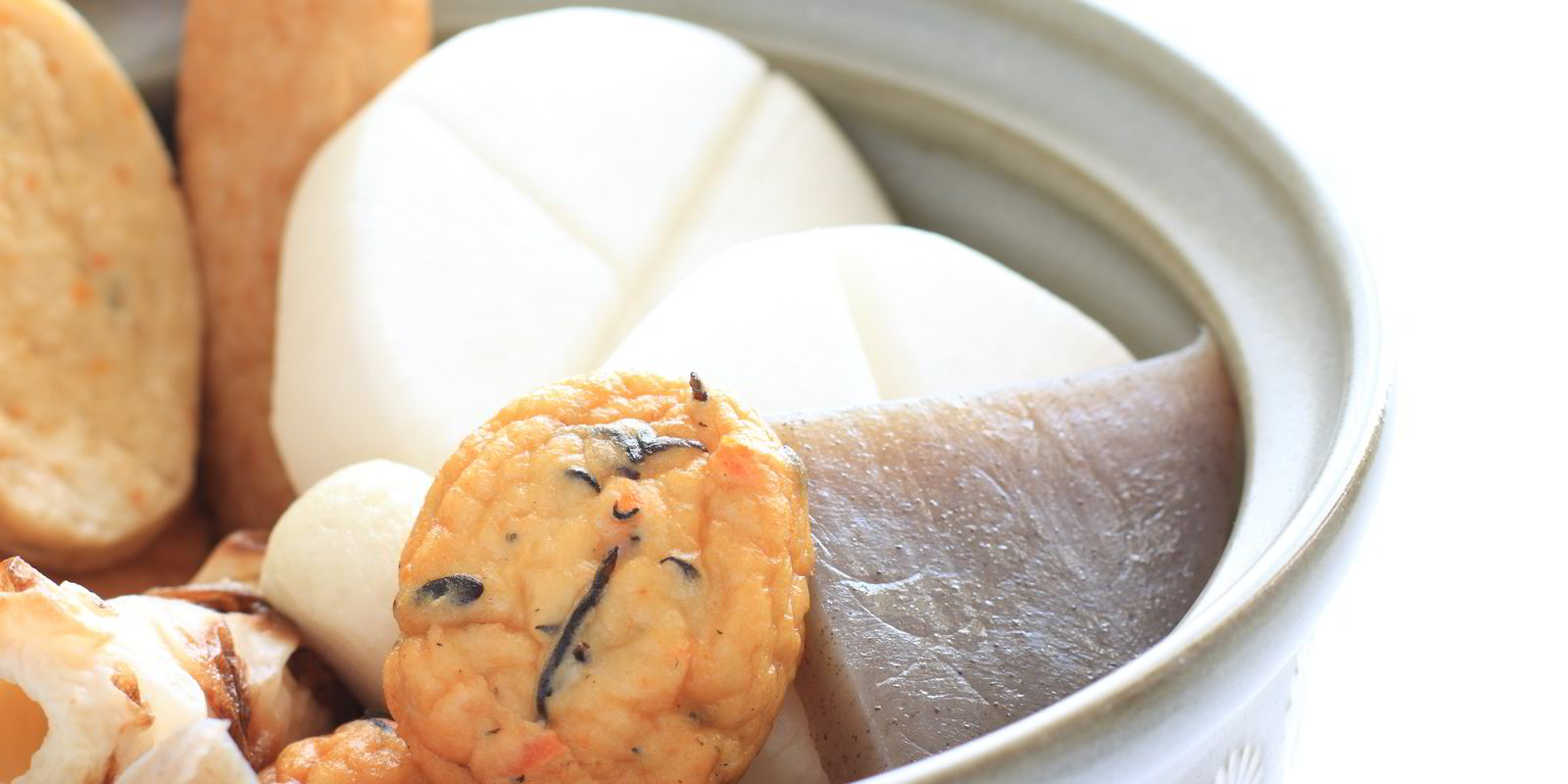Japanese surimi producers are facing yet another difficult year in 2017, with output levels set to drop further, Toshimi Itou of Kibun Foods said at at the 17th Surimi Industry Forum in Astoria, Oregon, last week.
At the same time, this means opportunities for overseas suppliers such as the United States, Thailand and India will rise further, he said.
Production of Hokkaido frozen surimi already fell a staggering 54.3 percent between 2012 and 2016, from 85,887 to 39,200 metric tons.
In 2017, production is expected to decline further to 38,900 metric tons, Itou said.
This is mainly due to the drop in pollock landings in Japan, which fell 52.6

